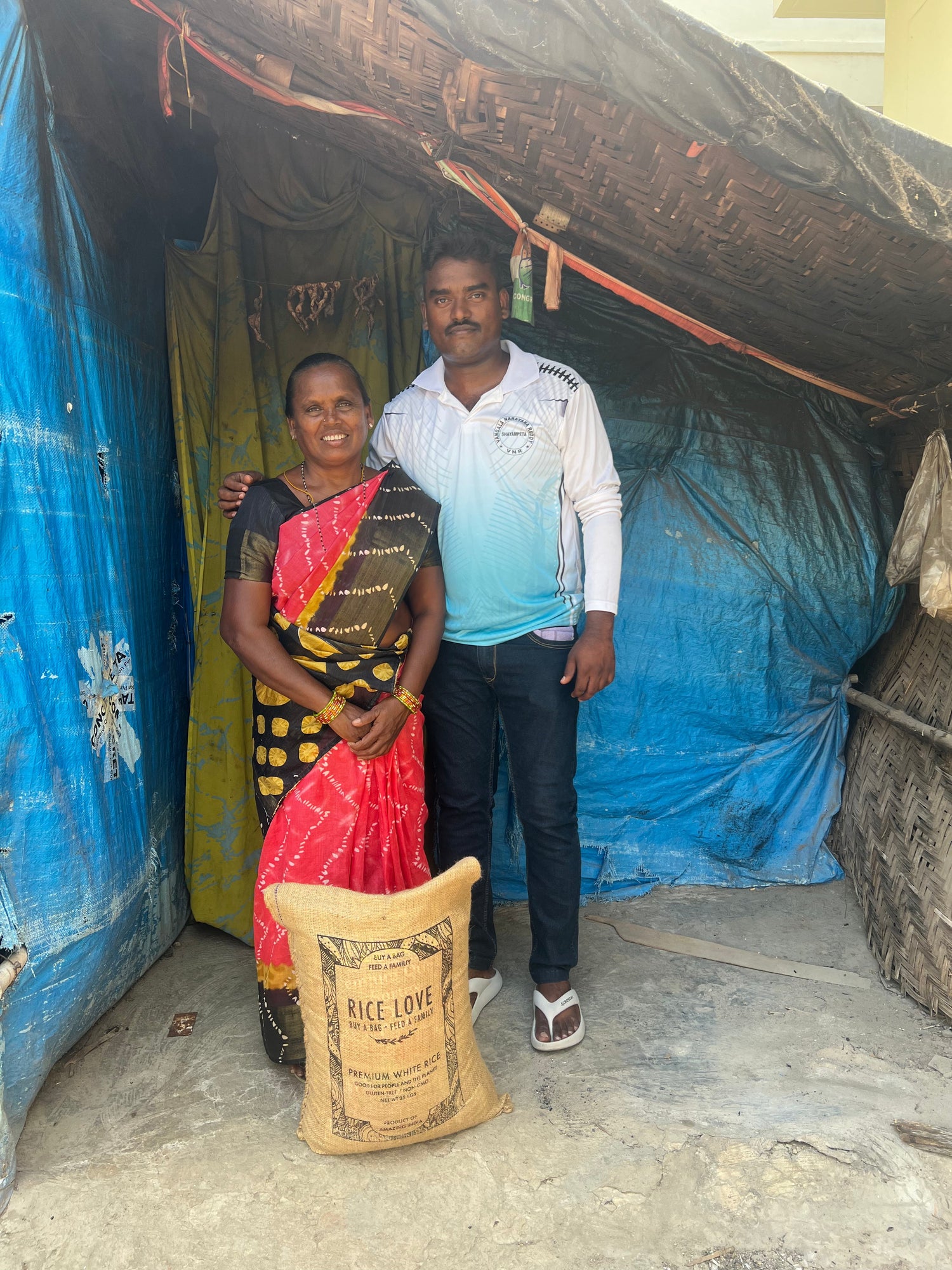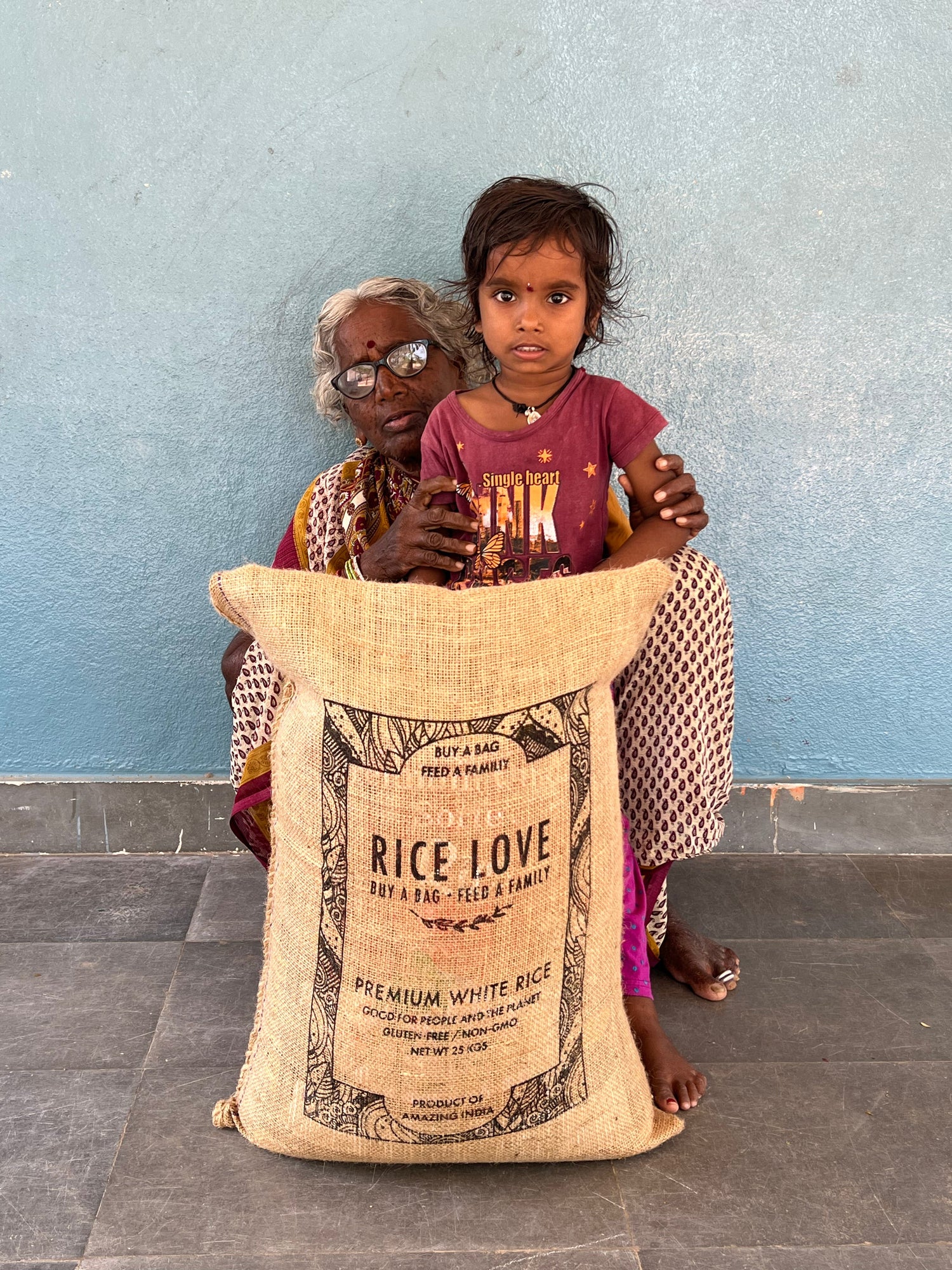As a 25-year-old who’s trekked through bustling Indian markets, surfed the sun-bleached shores of Hawaii, and obsessed over every patch on my sustainable backpack, I know choosing eco-friendly fashion isn’t just a trend—it’s a way of living lighter and connecting deeper. But let’s be honest: when you really start decoding what “cruelty-free,” “recycled,” and “organic” mean, it’s easy to get lost in a sea of greenwashing and jargon. Here’s my insider, wanderlust-fueled take on how to make conscious fashion choices that genuinely matter—both for the people making our stuff and for the planet we explore every day.
Why Materials Actually Matter
Every piece we pick up, from a mini tote in your crossbody rotation to a sweatshirt you live in, starts with raw materials. That’s where fashion’s impact begins—on ecosystems, in communities, and with animals. For us at Rice Love, it was never about making “just another bag.” We saw first-hand how discarded rice sacks pile up in India, how families cherish even a few handfuls of rice, and how thoughtful design can feed real lives.
Cruelty-Free: Beyond the Label
"Cruelty-free" isn’t just about avoiding animal leather or fur—it’s a stand against harming any living being, directly or through toxic processes that spill into habitats. When you’re traveling and want to feel good about what’s on your shoulder or in your suitcase, here’s what to look for:
- No animal-based materials: Leather, wool, silk, and down all come with animal welfare concerns. Instead, choose plant-based or innovative synthetics.
- Kind manufacturing: Are workers treated fairly? Is the process safe for communities?
- Unexpected materials, big impact: Backpacks and totes made of upcycled rice sacks (👋 that’s us!) or repurposed cotton are both cruelty-free—and they tell a story.
The Rice Love Difference
Every Rice Love bag is made without animal ingredients and no harmful chemical dyes. Our artisans use surplus rice sacks—once-ignored byproducts of the Indian food industry—to craft something new and beautiful. It’s sustainability + compassion, stitched into every seam. If you want something truly one-of-a-kind, check out our One of a Kind Collection where no two bags are the same.
Recycled: Rescuing What Already Exists
Let’s be real: our planet doesn’t need more stuff. That’s why recycled fashion is such a win for world travelers and eco-advocates. It turns would-be waste into wearable art and cuts down on pollution, water use, and emissions. Here’s how we do it:
- Upcycled rice bags: After rice is distributed in India (often during relief efforts), those sacks would usually become landfill. We intercept and clean the ones we use, transforming them into sturdy, stylish bags instead of adding to the waste mountain.
- Supporting circular fashion: Choosing recycled fibers—whether it’s our rice sack totes, old denim, or secondhand tees—reduces pressure on virgin resources. Every reused material is a small rebellion against fast fashion excess.

Organic: Farming for the Future
Organic materials aren’t just a buzzword for “chemical-free”—they are truly regenerative. When you choose organically grown cotton or jute, you support farmers who nourish their soil, protect biodiversity, and avoid harmful pesticides. The payoff? Fabrics that feel better and tread lighter. Here’s what we use and love:
- Organic cotton linings: Cozy softness meets pure sustainability.
- Jute (a.k.a. burlap): A climate-champion crop that needs very little water and improves soil health. Strong, beautiful, and totally compostable when it’s finally worn out (which, trust me, takes years!).

How to Choose Eco-Friendly Fashion Materials: My (and Our) No-Nonsense Checklist
-
Think planet-first, not trend-first.
If it looks cool but is made from virgin polyester, plastic, or conventional cotton, hit pause. Ask—where did this fabric come from? Who made it? Could you find a recycled or organic option? -
Prioritize transparency in sourcing.
Look for brands that show you where, how, and by whom materials are sourced and transformed. Every Rice Love item includes a unique tag to literally see the family that your purchase helps—proof that impact can be personal and transparent. -
Choose materials designed for durability.
Natural, tightly-woven fibers like jute, organic cotton, or upcycled rice sacks don’t just last longer on the road, they age beautifully. Less replacement means less waste. -
Look for certifications, but don’t get obsessed.
GOTS, GRS, or Fair Trade logos are helpful, but not every artisan business can afford them. If you can trace the story (as with Rice Love’s bag tags), that can mean as much as a certification. -
Ask yourself, “Would I wear this 30 times?”
Curate, don’t just accumulate. Eco-friendly is also about loving what you own—on every continent, in every climate.
Cruelty-Free, Recycled & Organic: What’s Best for Travel, What’s Best for Home?
If you’re wondering how materials stack up when you’re bouncing between hostels in Lisbon and sunrise hikes in Bali, here are my tested favorites (and why):
- Recycled rice bag backpacks/totes: Ridiculously tough, water-resistant, and always a conversation starter. Bonus: You help keep plastic out of landfills while supporting food security!
- Organic cotton sweatshirts or tees: Breathable and less likely to irritate your skin after long flights (or hostel laundry debacles).
- Jute accessories: Lightweight, packable, and compostable—the minimalist’s dream material.
The Ripple Effect: Your Choices Go Further
Every eco-conscious choice is a ripple in the fabric of global change. When we use recycled rice sacks, not only do we SAVE waste from landfill—we give rice to families experiencing temporary hunger. When you flaunt your unique bag or wear a piece made from organic cotton, you’re joining a tribe of humans who believe in adventure, community, and compassion over mindless consumption.
Common Eco-Friendly Material Myths—Debunked
- “Recycled = lower quality.” Not true! Recycled jute and cotton can be super strong and actually get better with use—just like the best travel buddies.
- “Cruelty-free is always vegan.” Sort of! But in fashion, it’s not just about what’s not used, but how everything is made, who is involved, and how people, animals, and the earth are all treated.
- “Organic materials are boring or plain.” Ever seen the handwoven patterns on a rice sack or naturally-dyed jute? Minimalist or maximalist, there’s room for every personality.
Tips for Building a Conscious Closet (World Traveler Edition)
- Start small: Swap out your next tote or backpack for something recycled and fair trade—like our backpacks. One swap = a day’s worth of rice for a family.
- Follow the stories: When possible, only buy from brands that invite you into the journey, not just sell you a product. With our unique tag numbers, finding and connecting with a family you’ve helped has never been easier.
- Share the knowledge: Snap a pic, post it, and use your influence for advocacy. If your friends ask about your bag, share why you chose recycled or organic over fast-fashion trends. Let curiosity drive the conversation.
- Go for quality over quantity: Invest in multi-purpose, durable staples—like an upcycled bag that can go from city market to mountain base camp and back again.
Inspiration: Why I’ll Never Go Back to Generic Fast Fashion
Each time I toss my Rice Love tote into an overhead bin or giggle with street vendors in Jaipur about the patterns on my recycled-clutch, I’m reminded: our stuff isn’t just stuff. It’s impact. It’s a way to challenge the norms of overconsumption and turn every day and every trip into a moment of meaningful connection.
Ready to take your next step toward eco-conscious living (and give a kilo of rice to a family in need)? Check out the Rice Love shop and join our movement—one meaningful, recycled accessory at a time.





